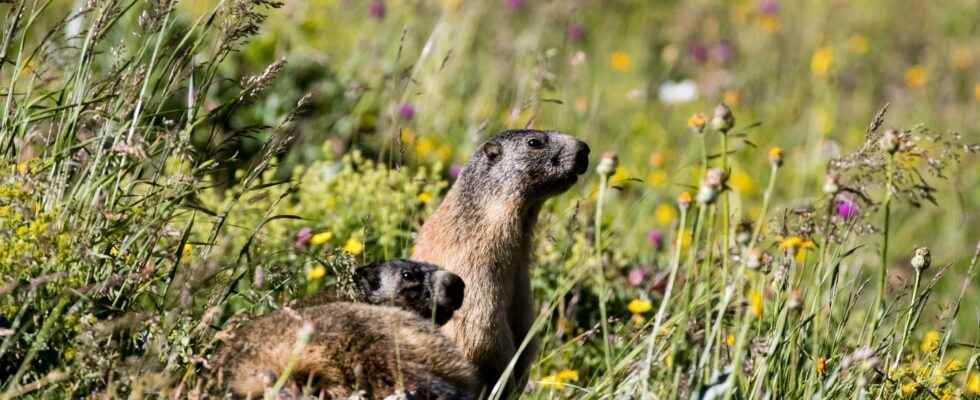If the climate is becoming an almost daily subject of discussion among the French, this is not yet the case for biodiversity. This is indeed the subject of a Conference of the Parties (COP) – and therefore of more protective measures – every two years, but “there remains a huge amount of work to be done to communicate positively about this concept to the general public” , recently confided to L’Express Nicolas Mouquet, researcher at the CNRS, Director of the Center for Synthesis and Analysis of Biodiversity in Montpellier. The task promises to be difficult because we live less and less in direct contact with nature and this disconnection does not allow us to fully understand the challenges of the current decline of many animal and plant species.
The gap between man and nature is first of all geographical. On Earth, a human lives on average at a distance of 9.7 km from a natural area and this gap has grown by 7% since the year 2000, according to a recent study conducted by researchers from the University of Leipzig (Germany) and the Theoretical and Experimental Ecology Station of Moulis (France). “Two phenomena that combine. On the one hand, the exodus to the cities continues: between 1960 and 2020, the share of the urban population has increased from 34% to 56%. On the other hand, we have degraded natural areas close to people’s homes. In other words, we have pushed nature back,” says Victor Cazalis, a post-doctoral researcher in biodiversity conservation at the University of Leipzig, one of the authors of the study.
Today, Europe and North America have the highest average distance to natural areas. This reaches, for example, 22 kilometers in Germany and 16 kilometers in France. But while the distance has tended to stabilize in recent years on the Old Continent, the gap is widening rapidly in Africa, South-East Asia and Latin America. “These areas follow, with a lag of a few decades, a pattern similar to ours”, notes Victor Cazalis.
The fact that cities are becoming more and more important would not be a problem if they offered sufficient access to green areas. However, the study shows that this is not the case. On the contrary, in almost all large cities with forest cover (such as parks or woods for example), these areas tend to decrease over time. Planting trees along the avenues does not make it possible to compensate because this practice does not really create immersion in a natural environment.
More urban Disney content
Equally worrying, researchers note an erasure of nature in cultural products: “The effect is very clear. We see it in novels, songs, films, children’s books…”, assures Victor Cazalis who s studied with his colleagues the scientific literature devoted to the phenomenon. A study shows, for example, that in the animated films of Walt Disney and Pixar studios, natural landscapes tend to be replaced by urban environments.
Certainly, watching wildlife documentaries or interacting with wild animals in video games is becoming more common than in the past. Raising awareness of biodiversity issues therefore also involves new channels. But their effectiveness remains to be proven. “There is not too much doubt that the virtual is very different from the experience that one can really have in nature. However, we still lack studies to assess the impact of these activities” , says Gladys Barragan-Jason, co-author of the study and CNRS researcher at the Theoretical and Experimental Ecology Station.
We face a major challenge, conclude the scientists: on the one hand, we must protect animal and plant species, but on the other, it seems essential to provide access to nature for citizens. This should not be forgotten at the next COPs.
